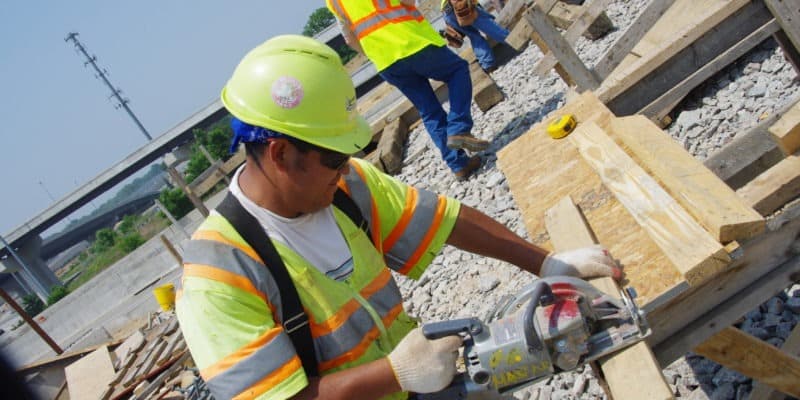April 29, 2022
Dan Neumann
The Maine Labor Climate Council, a new coalition made up of a dozen unions from across the state representing a variety of different industries, won its first major victory in the Maine Legislature this week.
The top priority bill for the council this session, LD 1969, introduced by Rep. Scott Cuddy (D-Winterport), went into law without Gov. Janet Mills’ signature on April 25. The law will require prevailing wages and equity standards on all large, utility-scale renewable energy projects including solar, wind, tidal, geothermal and hydropower. …
The new law mandates that contractors pay the prevailing wages customary for each occupation in an industry. The new law will also build a career path for Mainers wanting to get into the clean energy sector by developing pre-apprenticeship programs that will help them access union-registered apprenticeship programs.
LD 1969 also incentivizes employee ownership of renewable energy construction projects as well as the use of Projects Labor Agreements — pre-hire negotiated agreements that require strong labor standards regarding wages, hours, working conditions and dispute resolution methods. The law directs the Maine Public Utilities Commission to consider these factors when acquiring energy under Maine’s renewable portfolio standard, a law that establishes the portion of electricity sold in the state that must be supplied by renewable energy resources.
Maine’s renewable portfolio standard (RPS) establishes the portion of electricity sold in the state that must be supplied by renewable energy resources.
With the passage of the new law, Maine joins other states like Connecticut, Illinois, New York and New Jersey that have recently passed strong labor and equity standards in the renewable energy sector.







